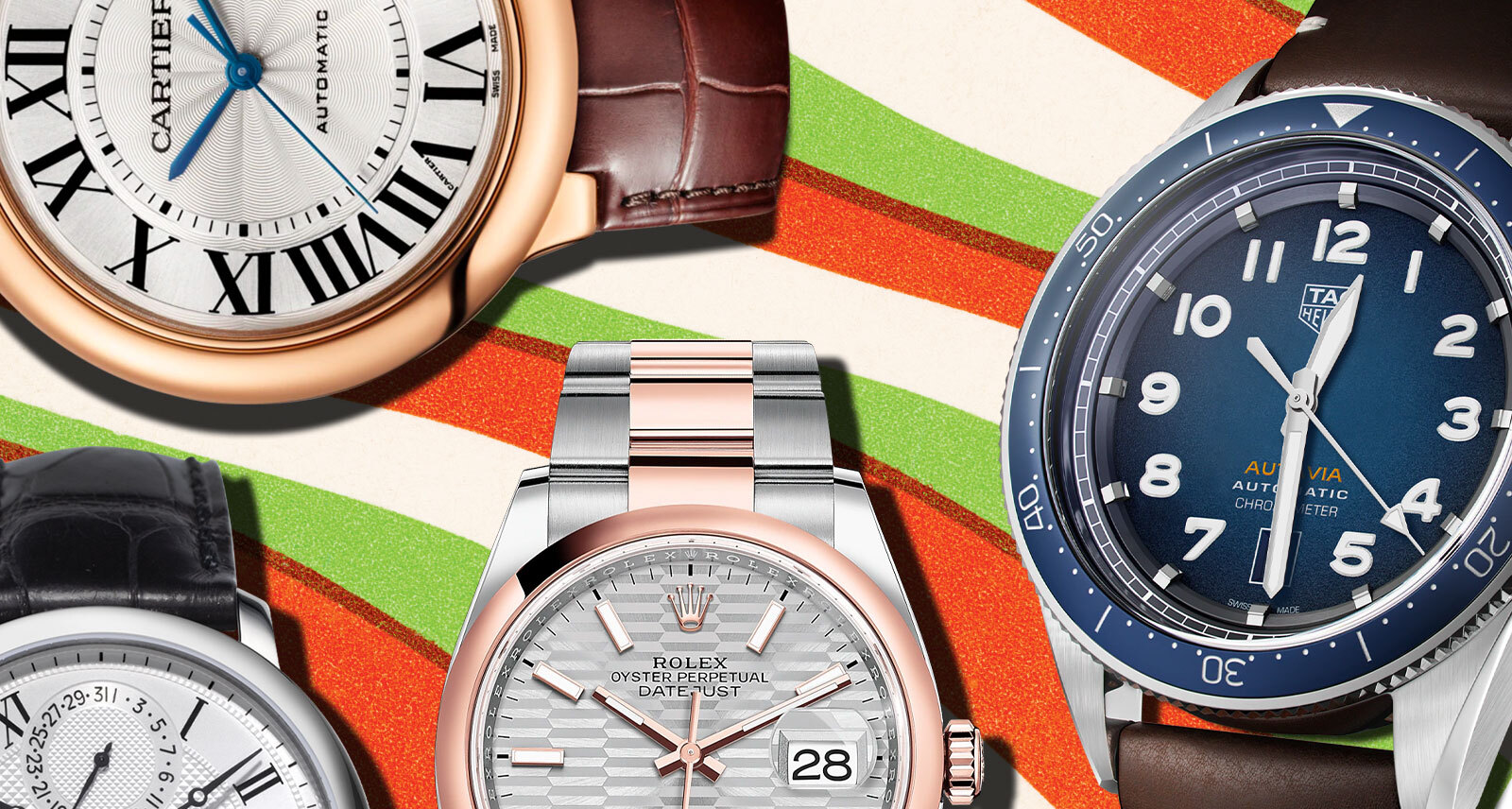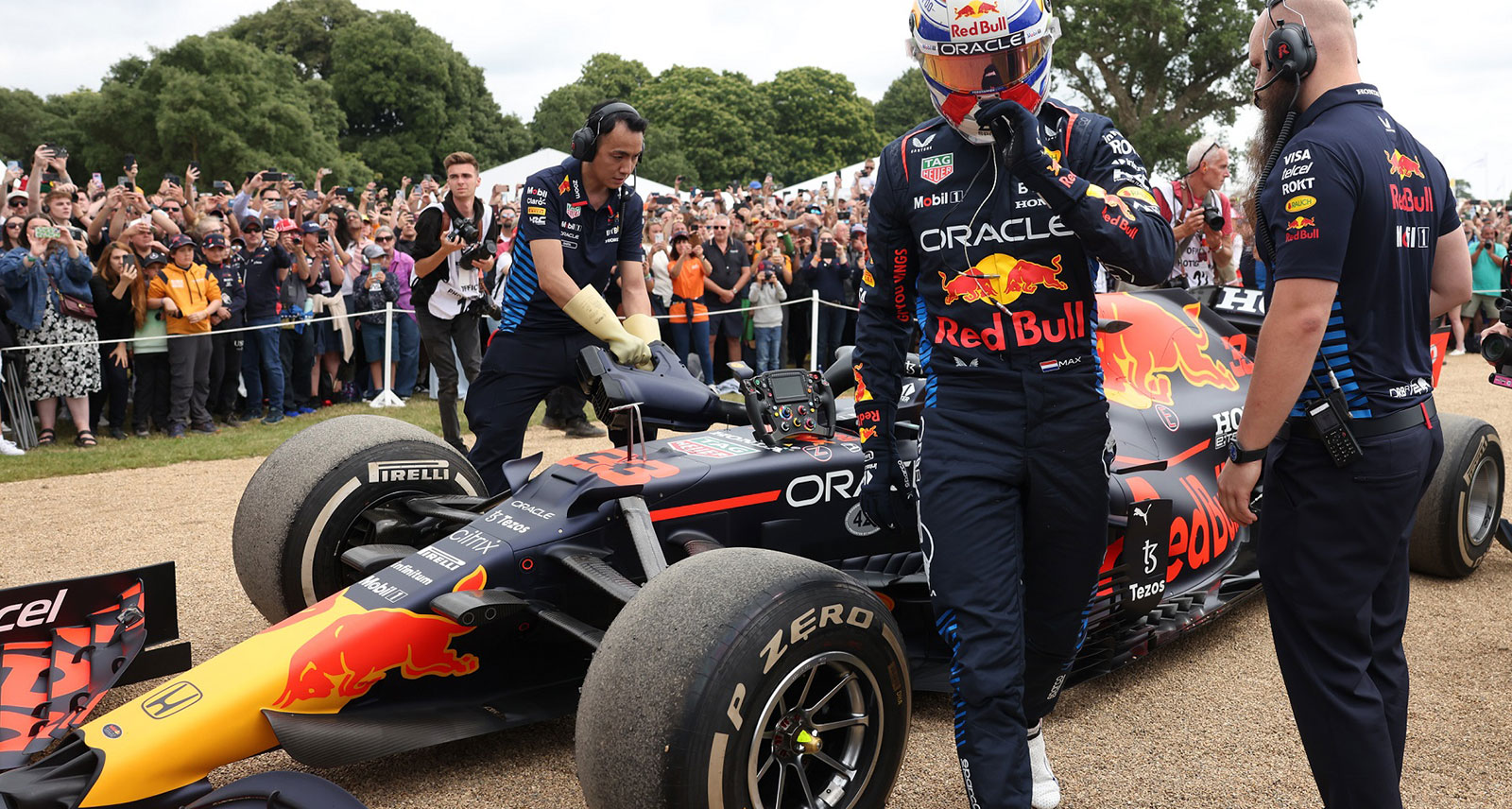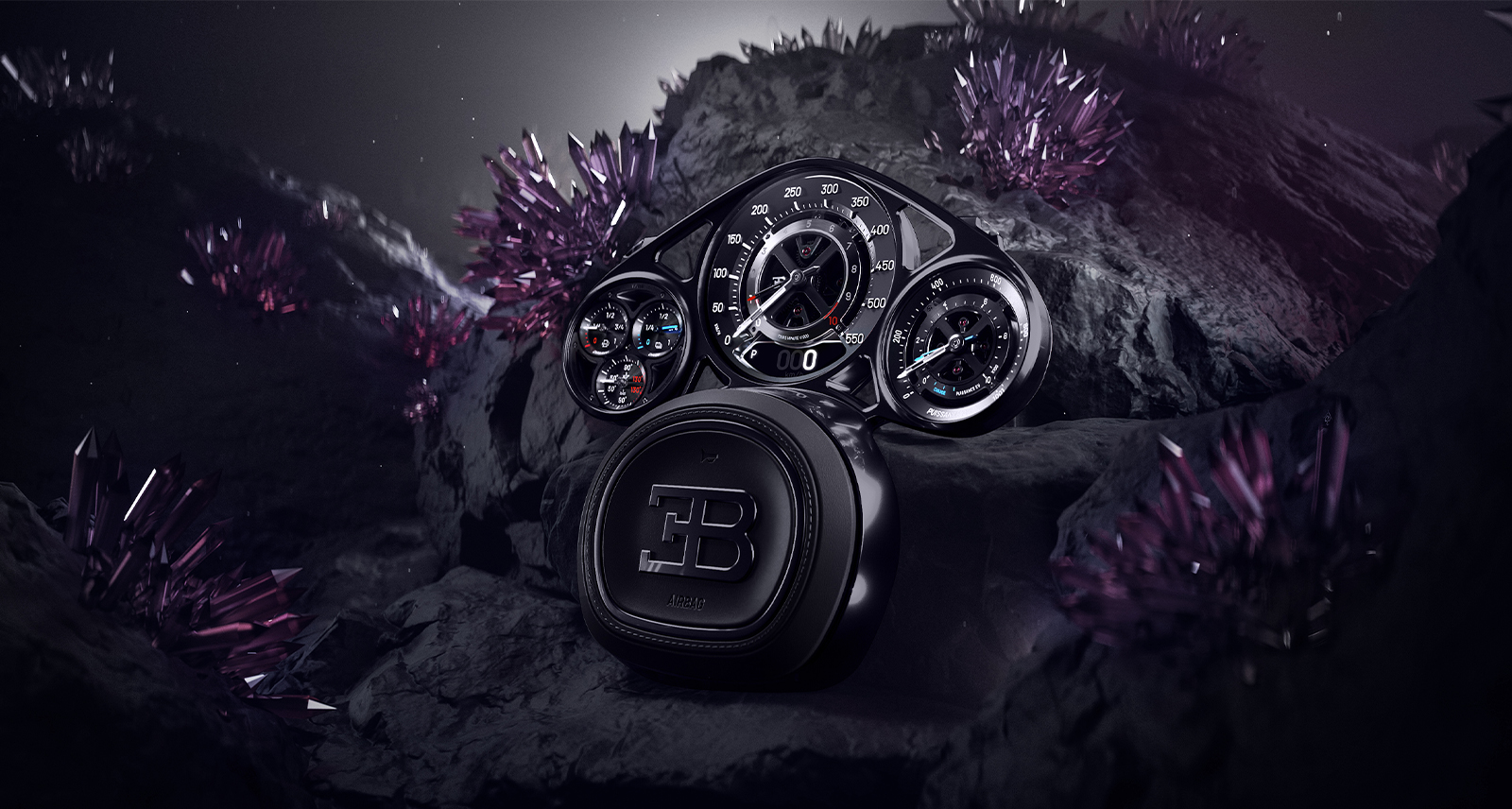Watch Dials Explained: More Than Just a Pretty Face
In the market at large, when we look outside the narrow lens of seasoned watch collectors, a watch dial can sell more watches than any other feature or function. Just ahead of case design, a watch dial sets the tone for an individual’s emotional reaction to a watch. The techniques used in their production add layers of depth and complexity to the overall aesthetic of a timepiece. Colour, texture, and even the application of numerals and indices can make or break a dial. While new ways of producing dials will surface from time to time, this is also an area that heavily leverages tradition and heritage. Several of the techniques found below come from the early days of watchmaking, and long before the creation of the wristwatch. Some of these processes have been modernized with the advancements of technology, whereas others still use the same techniques and equipment that have been in use for well over a century. In the list below you’ll find the latest creations to leverage these techniques, as well as insight into how they’re executed.
Frederique Constant Monolithic Stainless — Hobnail Guilloché
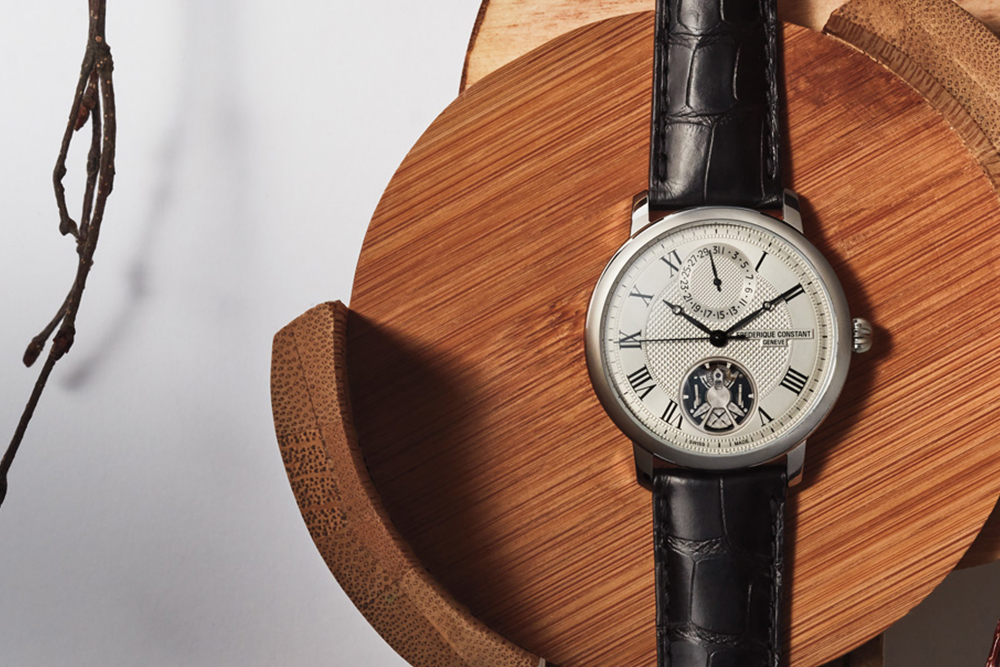
Learn More
Guilloché, also known as engine turning, is an age-old technique in watchmaking, traditionally done on a rose engine — a pattern-guided and hand-turned engraving machine. There are countless patterns out there, a Hobnail guilloché pattern consists of tiny pyramids that create a consistent three dimensional aesthetic. These days, it’s a bit of a mixed bag as to which brands use the traditional method, and which rely on computerized machining.
To keep costs more approachable, this Frederique Constant uses the latter, but when paired with its all-new escapement the Monolithic is an impressive piece to behold. By creating the world’s first silicon oscillator beating at 288,000 vibrations per hour (10 times faster than most mechanical watches), this watch is both easy-wearing and highly accurate. The oscillator is visible through a cut-out at six o’clock on the dial. ($6,295)
Cartier Ballon Bleu — Wave Guilloché
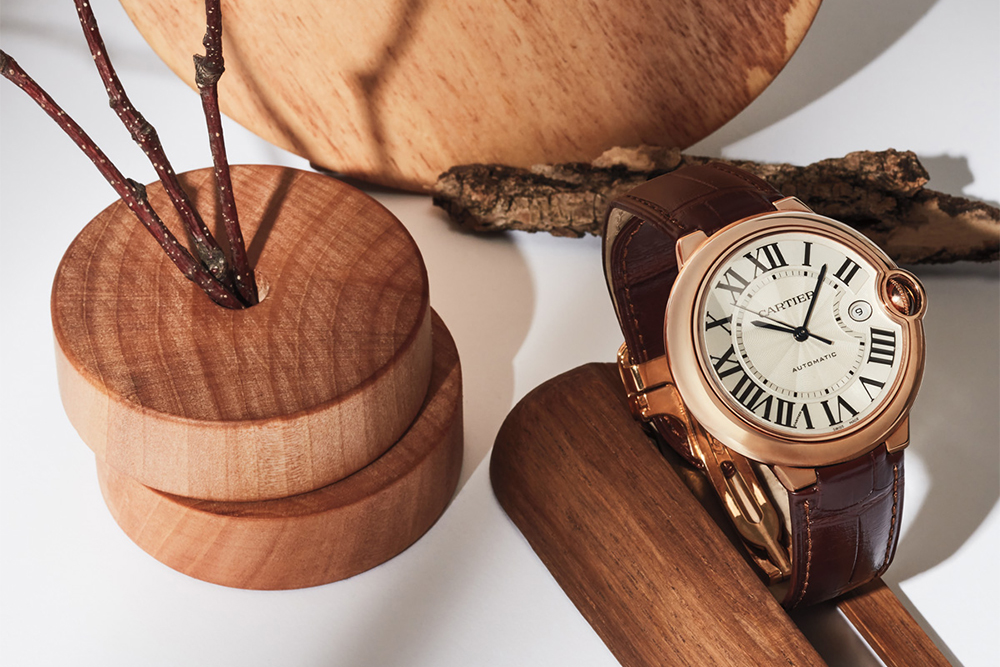
Learn More
Following suit, though this time using a traditional method, Cartier occasionally opts for guilloché for at least a portion of its dials. Rather than the more structured Hobnail pattern, the brand tends to choose a more fluid wavelike pattern that spreads from the centre of its dials. Along with Roman numerals, a “rail-road” minutes track, and a sapphire cabochon on the winding crown, these guilloché dials are a distinctive element of Cartier watches. ($20,300)
Rolex Datejust 36 — (It’s a Secret)
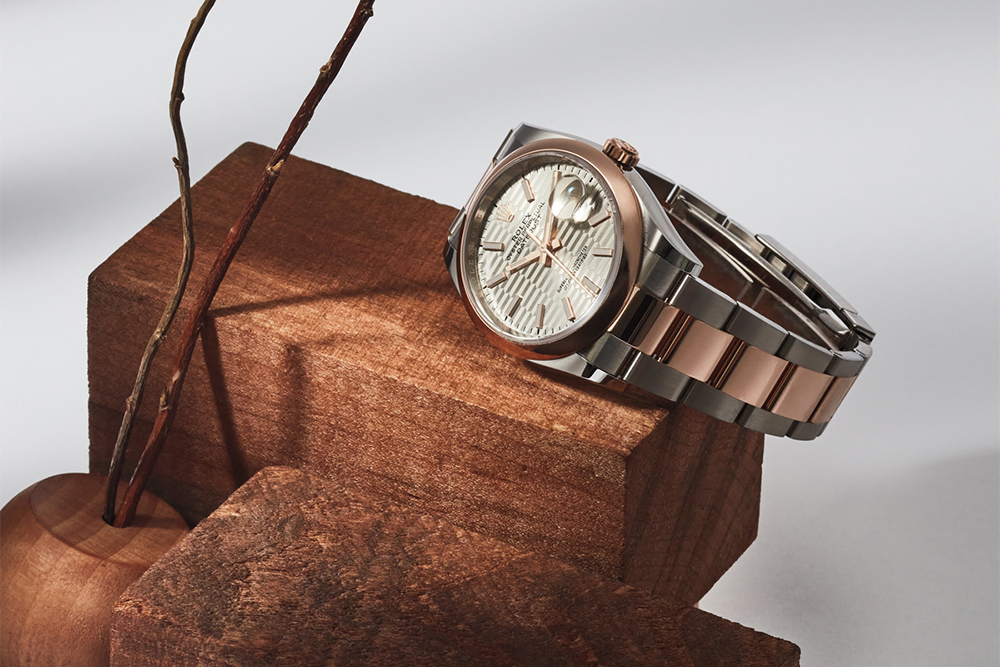
Learn More
As far as Rolex models go, it doesn’t get much more classic than the Datejust 36. This new version, added to the collection in 2021, updates the design ever so slightly with the addition of a geometric-patterned dial. In typical Rolex fashion, the brand has not made any official statement about the technique used to create the dial, but looking at the style of the pattern-work, this is most likely CNC cut or laser etched. Either way, the Fluted motif is flawless, and it mirrors the pattern created by the fluted bezel of most Datejust references in a rather clever way.
Rolex has been crafting unique patterns on their dials since somewhere around the ’60s or ’70s, though they rarely garner as much attention as they have in this last year. Accented with Rolex hallmarks like the Oyster bracelet and Cyclops date lens — plus a case in Everose Rolesor — it’s more than enough to stand out in a crowd. ($13,250)
Tissot PRX — Tapisserie
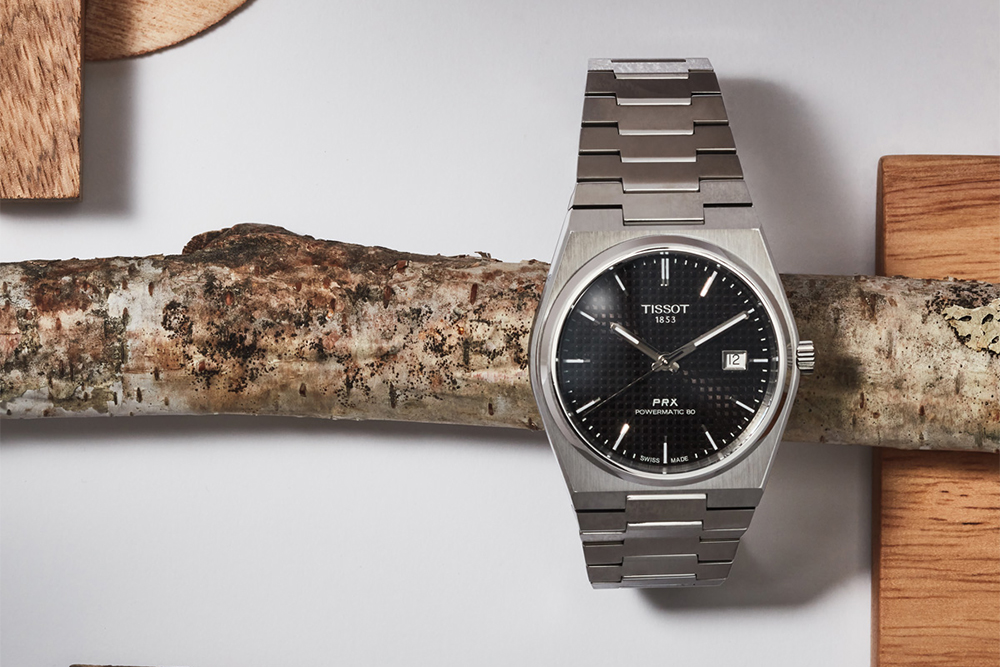
Learn More
Developed in the ’70s alongside some of the era’s most famous sports watches, the integrated bracelet and “tapisserie” grid engraved on this watch’s dial put it in the company of legends. Yes, Audemars Piguet is the originator of the pattern, but much like many styles and techniques in watchmaking, good ideas tend to spread from brand to brand. The recently launched Tissot PRX is an entry-level superstar, to be fair. Its automatic movement is state of the art, with an 80-hour power reserve, and a patented Nivachron balance spring for improved accuracy. ($875)
Tudor 1926 — Embossing
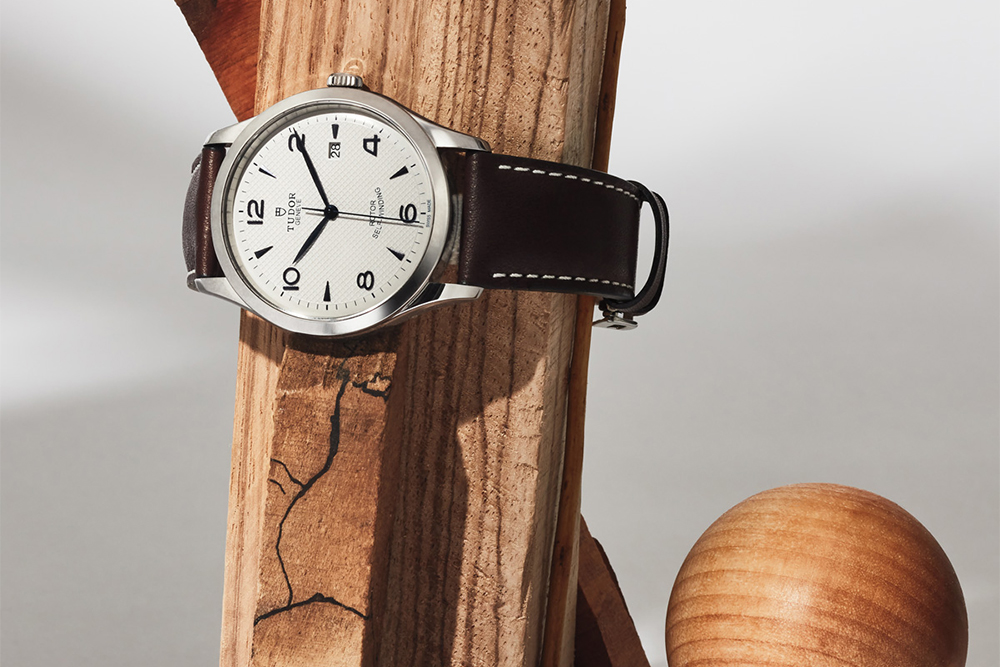
Learn More
Once again a rather simple/low-tech process that has been brought forward with modern equipment, embossing is effectively a stamping method that creates a raised pattern in a dial plate. Applied subtly here on the Tudor 1926, the embossed pattern is one that was used by Tudor back in (you guessed it) 1926. That said, a keen eye will also recognize this pattern from vintage Rolex archives, where it came to be known as the “honeycomb dial”. Either way, it’s a charming and subtle way to give a dial some personality without burning a ton of fabrication time. ($2,110)
Mido Baroncelli Chronometer — Etching
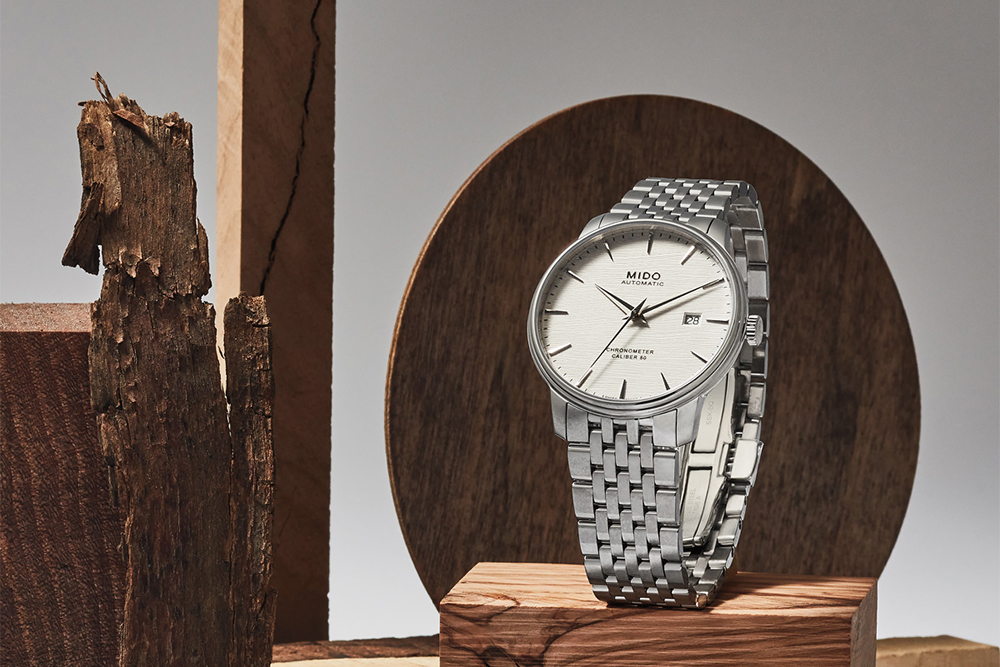
Learn More
As with many new creations from this long-standing Swiss brand, the Baroncelli Chronometer balances classical design with modern watchmaking technology. A pattern that’s reminiscent of flowing wood grain adds a subtle texture and shadow to the otherwise traditional dial, once again crafted through a machine etching process before being applied with its matte silver finish. The technique is reminiscent of certain offerings seen from Grand Seiko over the years, though under certain lighting it’s more aligned with what were called Linen Dials — a technique that surfaced on dress watches in the ’50s and ’60s. ($1,525)
Tudor Royal — Sunray Brushing
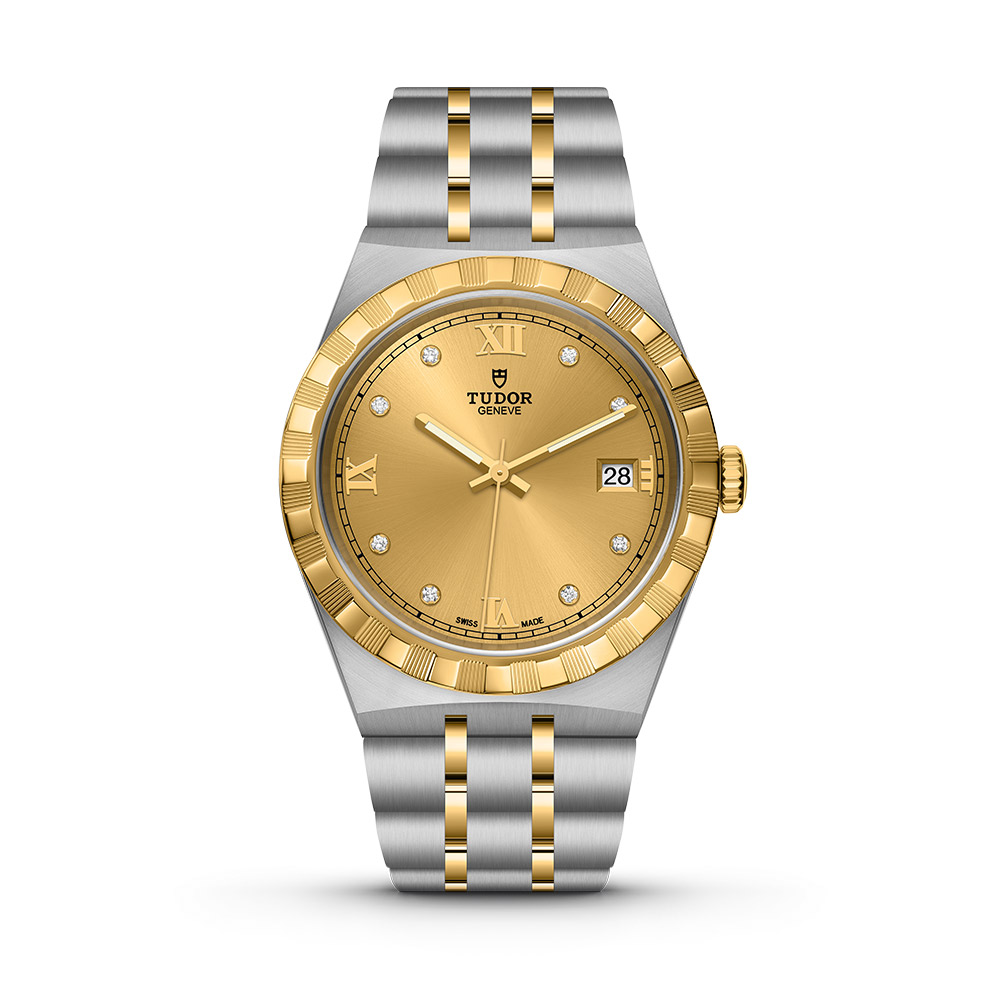
Learn More
Also known as a “sunburst” dial, this style is defined by ultra-thin, almost imperceptible lines emanating from the dial’s centre. Like their namesake sun rays, these lines add a subtle texture and appear to change depending on the light. This pattern is achieved by running the dial on a wire wheel, before anodizing the dial blank to achieve its final colour. It’s a staple of the industry, and one that works quite well with a champagne coloured dial like the one on the Tudor Royal seen here. ($4,520)
TAG Heuer Autavia — Fumé
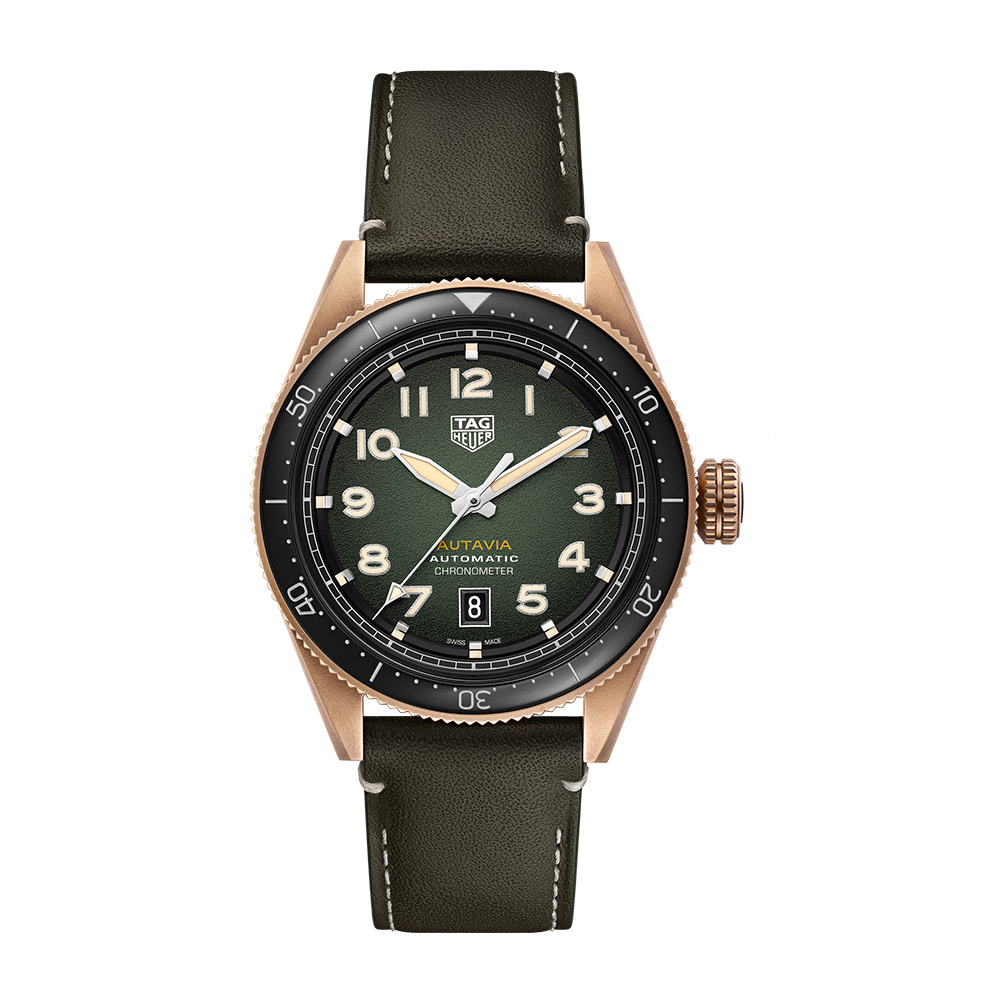
Learn More
Like the sunray dial, there’s no mystery to how the fumé (or smoked) dial gets its name, thanks to its obvious resemblance to smoke rising from a fire. These dials, however, are more unusual, and their subtle gradient (which can be in all sorts of colours) usually fades from light in the centre to dark around the edges. Also similar to the sunray dial is the technique used in application; rather than a wire wheel, a spinning wheel with paint is used to distribute the gradient onto the dial in an even fade. The modern TAG Heuer Autavia collection uses this technique frequently, as a nod to past use in the Heuer Silverstone and other chronographs from decades ago. ($4,800)
Seiko Presage SPB115 — Enamel
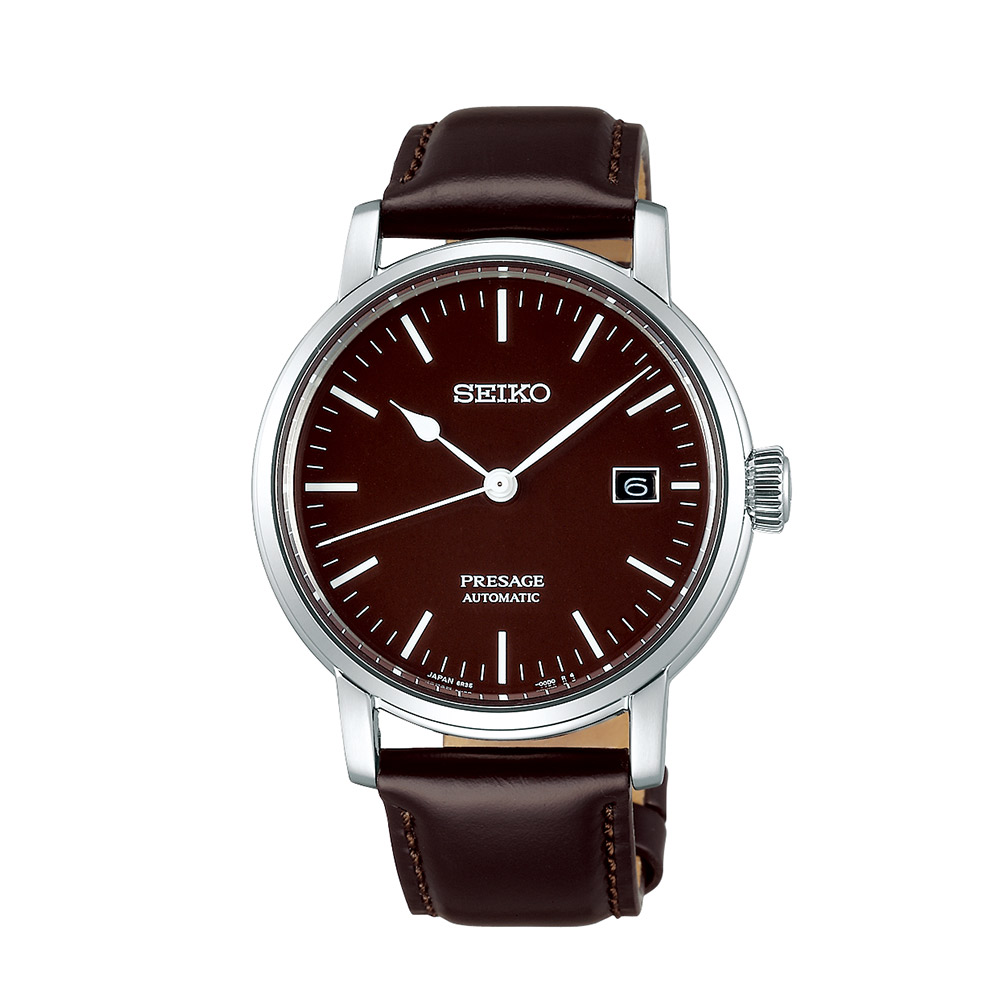
Learn More
While it’s worth noting that this is a dial material rather than a style per se, an enamel dial’s material and its unique look are inseparable, making it as much an aesthetic choice as a material one. Enamel is made by coating a metal disc in powdered glass, then heating it to extreme temperatures in a kiln. Like most of the finishing techniques in the watchmaking world, enamelling is a highly specialized craft, and when done well the warmth and sheen that results is truly stunning. Don’t let its visual simplicity fool you, as the failure rate when producing enamel dials is extremely high. When upwards of 40% of dials in production it’s impressive to see Seiko offering this technique in a watch that’s less than two grand. ($1,495)
Mido Multifort Chronometer 1 — Geneva Stripes
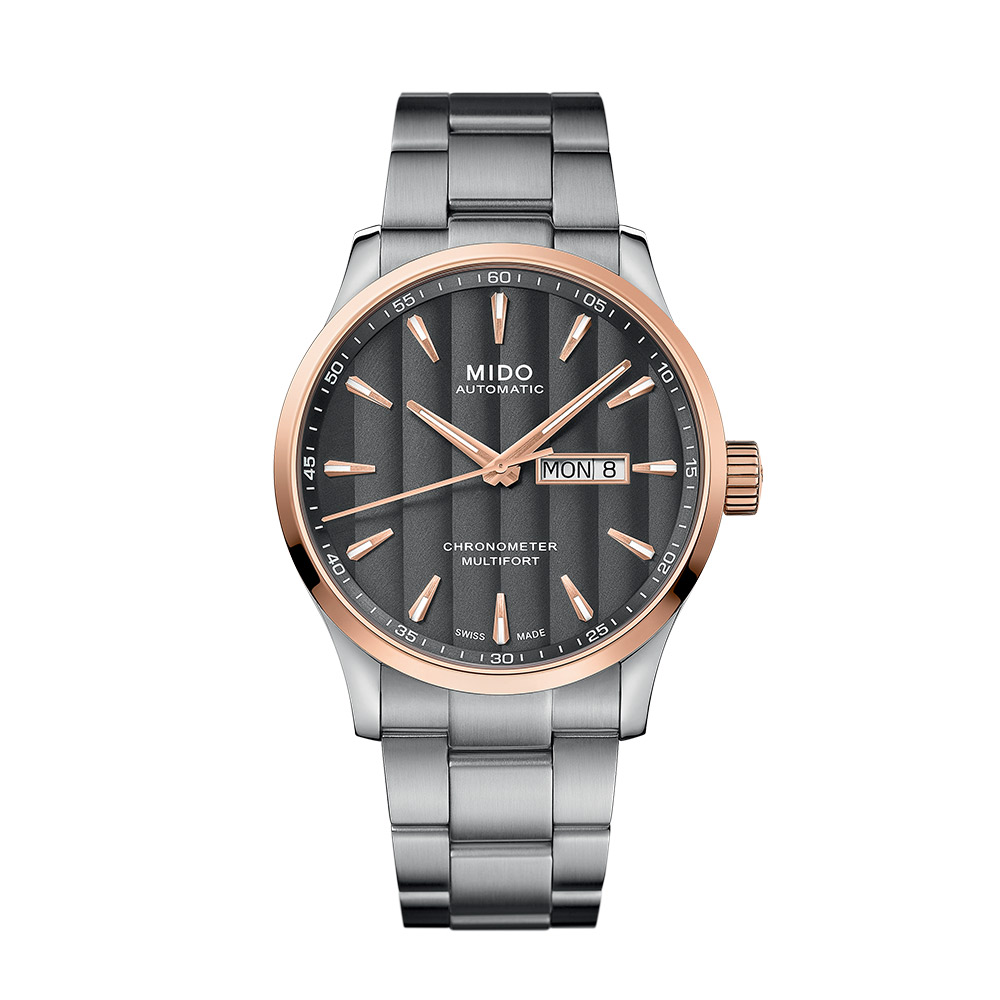
Learn More
Côtes de Genève (or Geneva Stripes) are thick, wave-like lines most commonly found engraved on watch movements. According to popular legend, they were added as a way to collect any dust particles trapped inside the watch (thus keeping them from affecting moving parts), but these days they are mostly added for decorative effect. In recent years these iconic stripes have migrated from the movement to the dial — as is the case with the Mido Multifort Chronometer, and others — creating not just a visually interesting surface, but one that pays homage to the craft of watchmaking in a unique way. ($1,675)
Vacheron Constantin Overseas Perpetual Calendar Ultra Thin Skeleton — Skeletonization
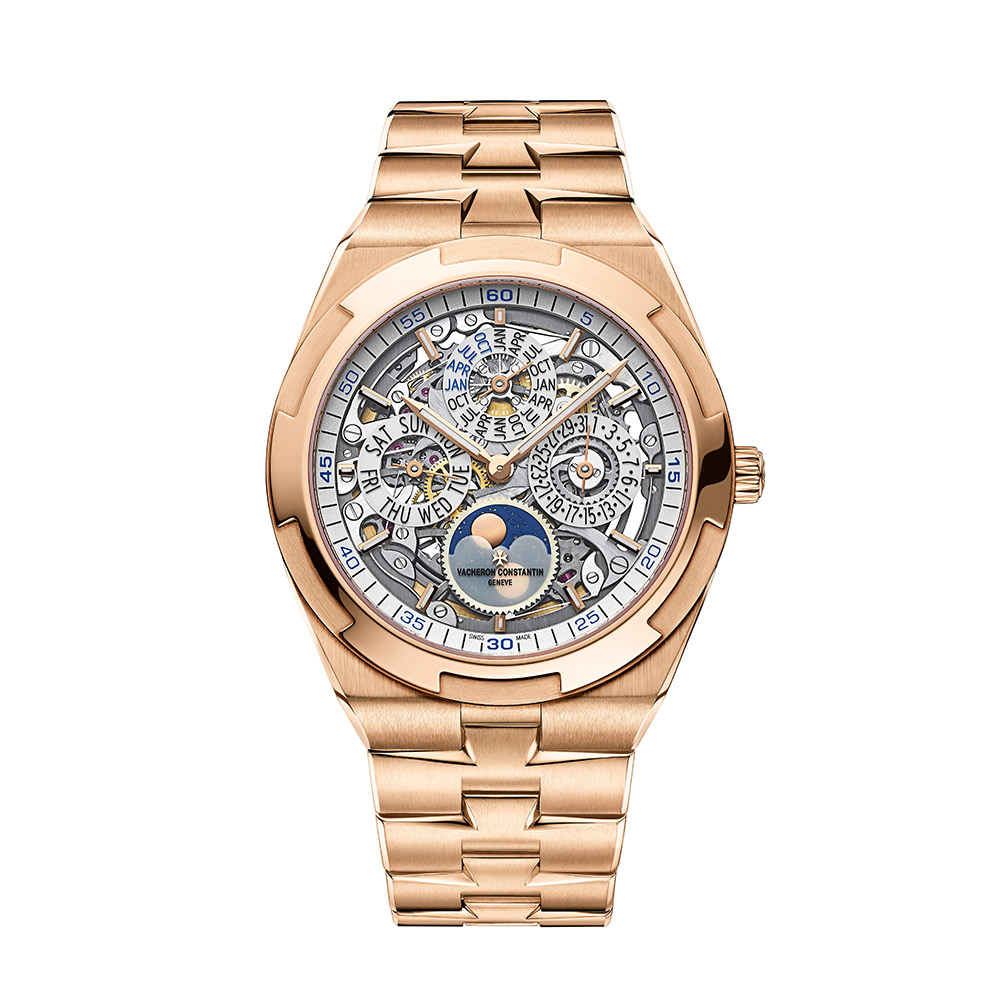
Learn More
A skeletonized dial is precisely excised exercise used to reveal as much of the inner workings of a watch as possible without completely compromising its indications of time. This is no easy task, and we’ve seen our fair share of skeletonized dial watches that are either repulsively gaudy or completely illegible. All the more reason we’re so enamoured with this Vacheron Constantin Overseas Perpetual Calendar — every last detail was considered carefully. Despite all of the cool materials, engraving techniques, and decorative motifs you can have on your watch dial, sometimes nothing compares to the incredible machinery that makes it tick. (Price on Request)
